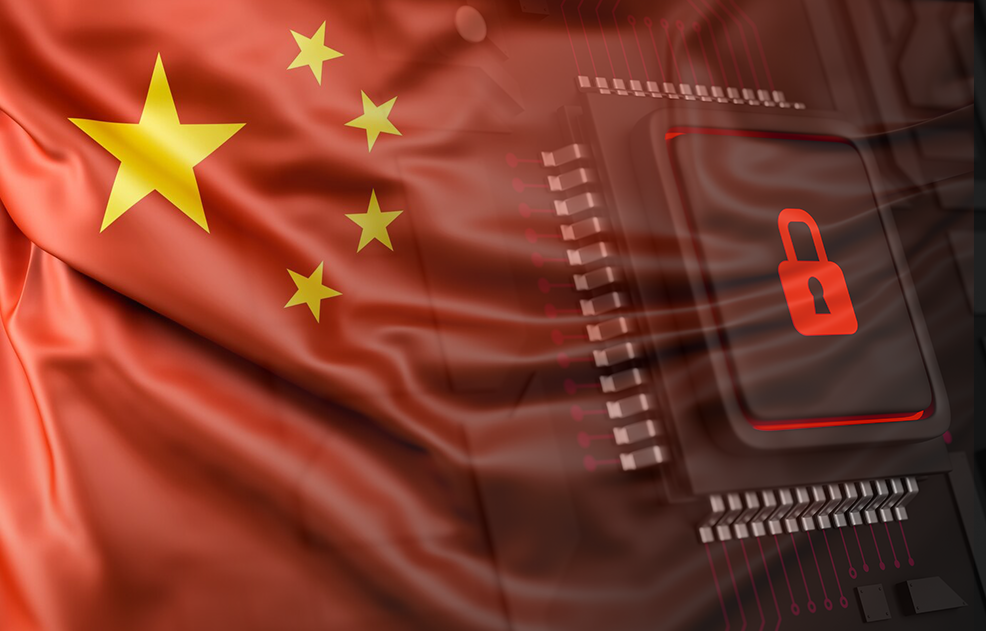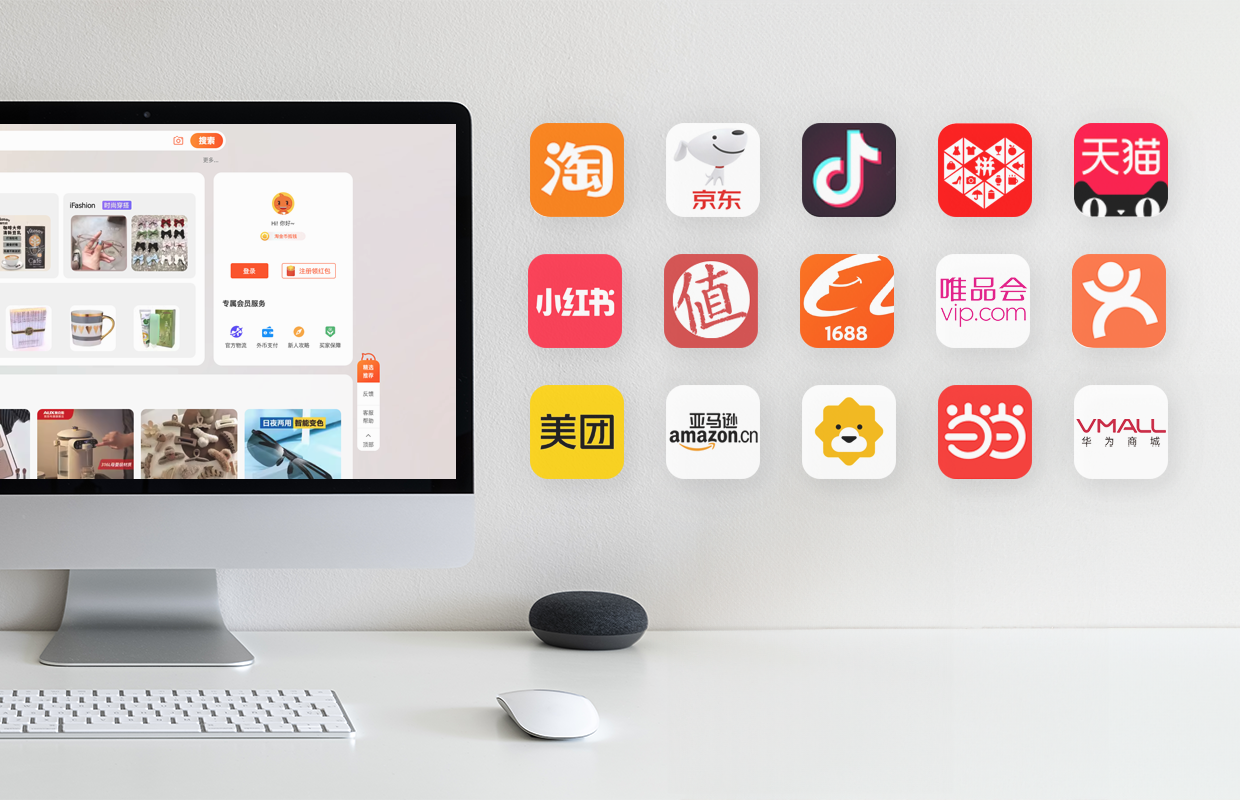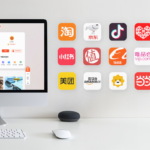It is no secret that mobile commerce is dominating China eCommerce market now. In 2015, for the first time ever there were more mobile online shoppers than desktop eCommerce shoppers in China; In 2016, the percentage of mobile eCommerce sales in China has increased to 68%, double the percentage of desktop eCommerce users.
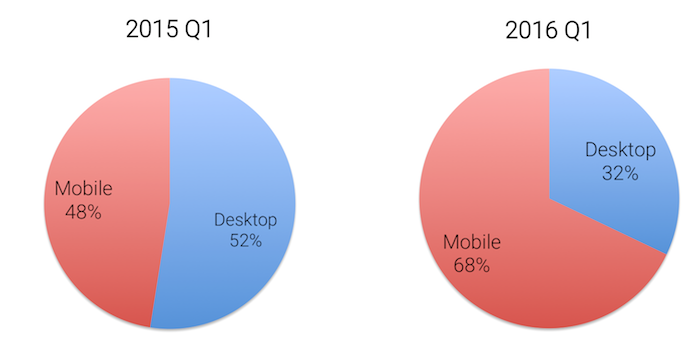
Therefore, question is being asked: for eCommerce business in China now, is a desktop eCommerce still necessary? Can mobile eCommerce App or mobile site do the job for all?
Considering every important aspects of China eCommerce landscape, our answer would be: Yes. You still need a desktop eCommerce in China despite the popularity of mobile shopping. Here are three major reasons:
1. Desktop eCommerce still chosen by lots in China.
Based on the latest report, he number of online shoppers in China has been increasing exponentially from below 34 million in 2006 to over 413 million users by the end of 2015.
Keep in mind that around 133 million of those are still buying stuff through PC desktop, and it is still a huge number. Abandoning your desktop eCommerce means that you will wave 133 million online shoppers in China goodbye.
2. Desktop eCommerce can offer more functionalities (that mobile cannot compete)
Unlike anywhere else, Chinese online shoppers are forming a unique group, along with unique shopping behavior. Most of them prefer to check out prices, compare them and research products, and desktop eCommerce can serve these needs in a better way.
To start with, Chinese eCommerce customers are very price-concerned, and they mostly will spend more time comparing prices across different ecommerce sites. More specifically, what they usually do is to open multiple item listings in new windows, and to check them back and forth. This is the user experience that desktop eCommerce and desktop eCommerce only can provide.
Besides, Chinese eCommerce customers also care a lot about product details. Chinese shoppers want more high-pixel images, and more details presenting will help them make up the decision. Desktop website can provide with a better, clearer experiences in terms of viewing and comparing with details.
In general, mobile shopping may be more convenient, but desktop is better at presenting the contents which is favored by a lot of Chinese online shoppers.
3. Don’t forget about B2B eCommerce shoppers
There is no doubt that purchasing a bottle of wine or a pair of jeans is very handy through your mobile in China now, but how about looking for thousands of healthcare equipment for the college you work for, or industrial metals for your construction business?
In fact, there are some key differences between the eCommerce process of B2C and B2B buyers. Above all, B2C buyers are enjoying the quick pay options that mobile commerce can bring, while B2B buyers are more careful, and they need more than just viewing an item and placing an order. B2B eCommerce can be more complicated, and desktop can handle the complexity better.
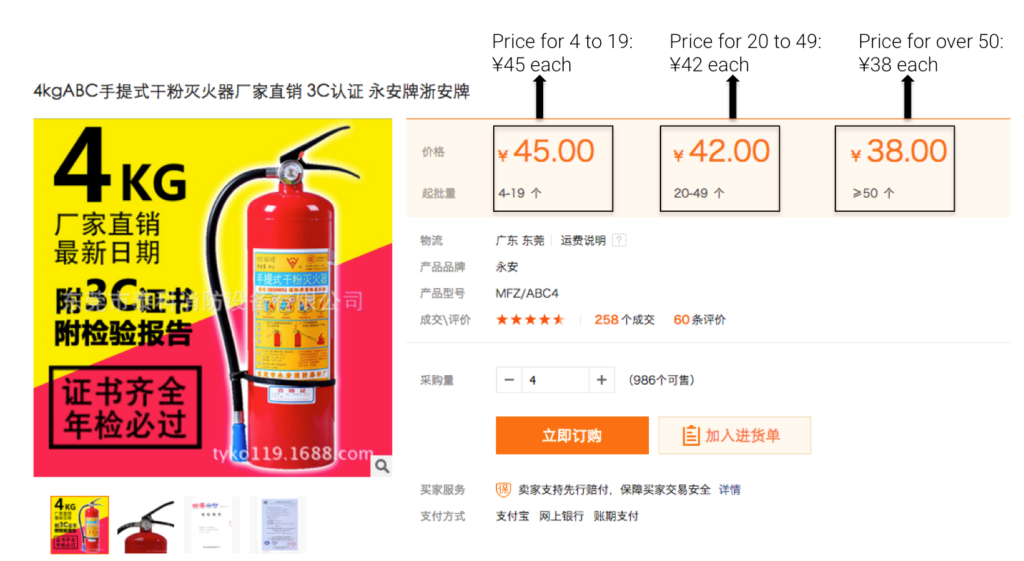
1688.com, biggest B2B eCommerce Site, has different interface comparing to B2C sites like Taobao
To be more exact, the selling process for B2B customers is more labor-intensive. More communication and individual tailoring (customization) is generally necessary during an early stage; after making the purchase decision, the checkout process is more complex and unique. Especially in China, the payment option could be but not limited to:
- Online deposit + offline full settlement
- Installment
- Online + offline payment
- Large amount online payment
That being said, a desktop website with customization features is what B2B eCommerce buyers really need. Don’t ever underestimate the B2B eCommerce market in China, though: By first quarter of 2016, the total sales of B2B eCommerce reached 0.79 trillion RMB, while retail sales is 0.23 trillion RMB.
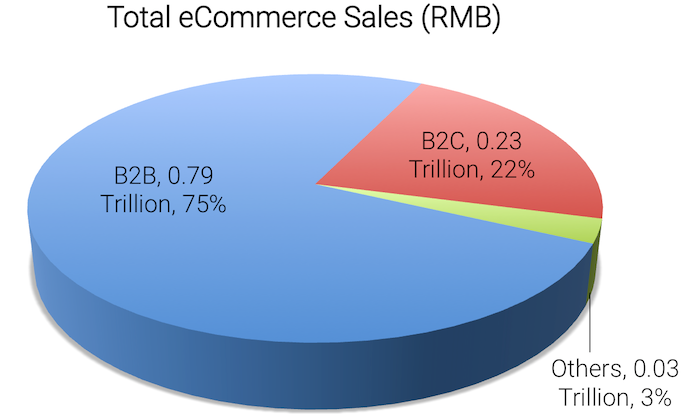
Wrapping it up
Overall, both desktop eCommerce and mobile commerce site play significant, yet separate roles in your China eCommerce business. Despite mobile shopping gains more popularity in China now, it still cannot replace desktop eCommerce at this moment.
Rather than choosing one channel over another, it may be better for you to strategize an omni channel eCommerce strategy that requires an eCommerce site optimized for different devices.
For example, responsive website design can automatically changes to fit whatever device your customers are using. Adapting this to your desktop eCommerce can improve mobile usability and make your site looks great on a mobile device, tablet, and desktop PC.
Feel free to contact us if you are ready to start your WeChat eCommerce in China!
China eCommerce Solutions eCommerce Website Development



